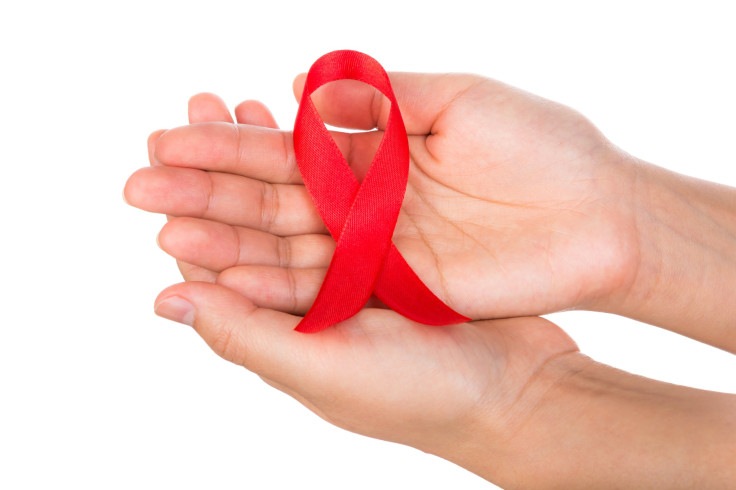Acquired immunodeficiency syndrome (AIDS) is a life-threatening health condition, affecting the millions world over. While myriad treatments have been devised over the years; a cure hasn’t been discovered as yet. A recent development, however, fuels the fact that one mustn’t lose hope— the Antriovertial Treatment (ART) therapy could be the answer. The therapy is targeted at making the virus causing AIDS dormant, which in turn extends the life efficiency of the patient.
The therapy currently faces a major setback—as soon as ART medicines are stopped, HIV starts forming again. Researchers are however trying their best to understand the virus reservoir mechanism. As per the understanding of the scientists from the Science Translational Medicine at the University of North Carolina School of Medicine, South Africa, the reservoir of HIV in the blood was stable even after the treatment. Due efforts are now being made to retard the process with the help of improved medicines.
Health practitioners Ronald Swanstrom and Carolyn Williamson from the University of Cape Town conducted a new research study to understand the process of virus reservoir formation. They took blood samples of nine patients from South Africa, who were infected with HIV. It turns out, a whopping 71 percent of average viral strains were the same which were present at the start of the treatment.
While the study shed light on how the ART therapy had either induced the virus reservoir formation or somehow has stabilized the process which makes them form rapidly once the medication is stopped.
Now, the researchers are working towards an effective treatment which would completely check the virus reservoir formation, instead of merely stabilizing them. Efforts are now being made to combine HIV antiretroviral treatment with other drugs, which in turn would stop the CD4 T cells from turning into memory cells to prevent much of the reservoir from forming at the beginning, says the report.
The main focus of ART therapy remains to ensure that due efforts are taken and adequate developments are made to ensure that the virus doesn’t return even after stopping it.
The report maintains that the first step in the process is to stop the latent reservoir formation and slowly reduce HIV in human blood.

© 2025 Latin Times. All rights reserved. Do not reproduce without permission.




